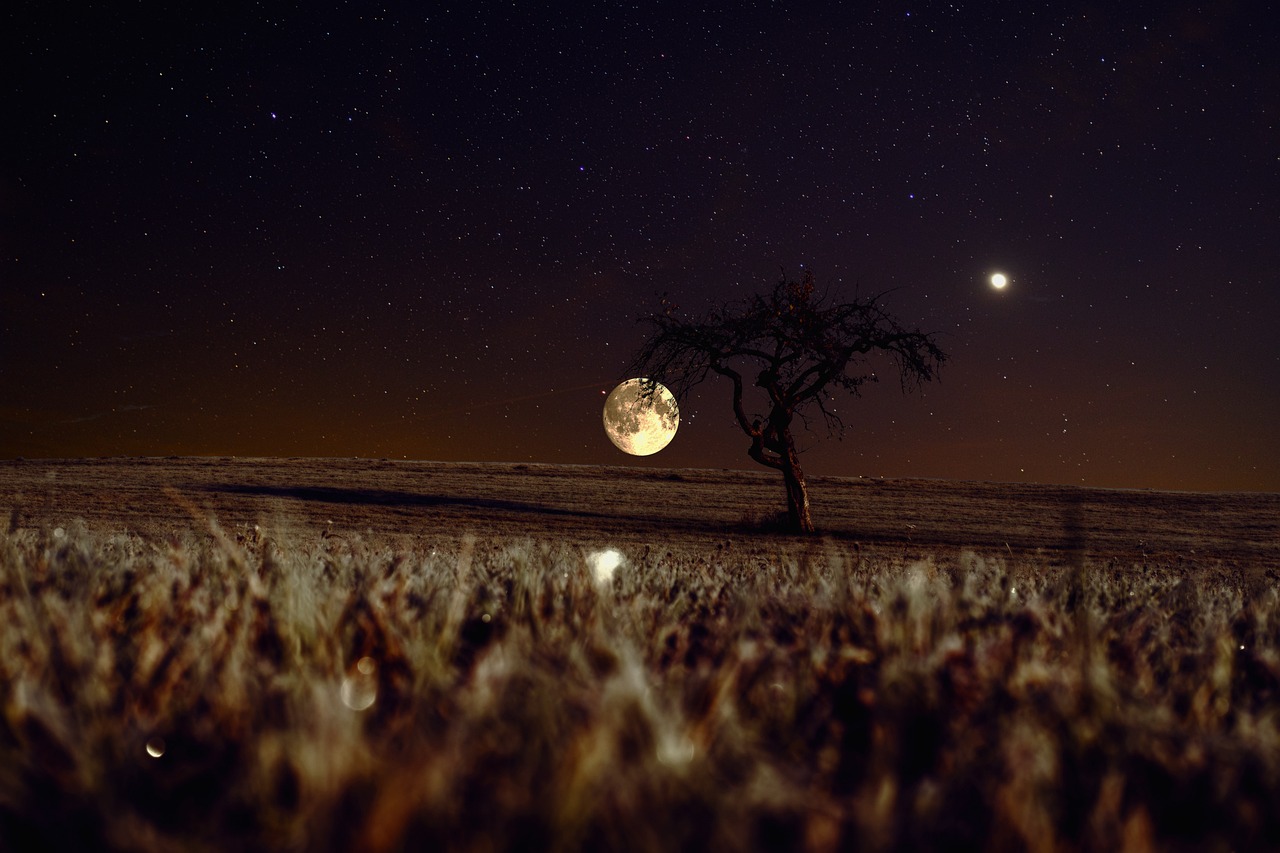
Image by Peggy und Marco Lachmann-Anke from Pixabay
I have always done exactly what I want. I just can’t fathom asking someone if I can go to the restroom or have a day off at this point in my life. I also have a hard time imagining spending 40 hours at a job slaving to make the owners rich. I’m way too hard-headed.
I’ve Never Been a “Typical Job” Kind of Person
I’ve had very few “normal” jobs in my life. The idea of clocking in at 9 and out at 5 never felt like a fit. For most of my adult life, I’ve worked for myself—whether that meant running my own business or taking on 1099 contract work.
Family Was My Why
The reason I chose this path came down to one non-negotiable: my kids. With six of them, there was always something happening. Events, appointments, after-school activities—you name it. I refused to miss out. I didn’t want them to have to say no to things just because I couldn’t make it work with a job. That wasn’t going to happen on my watch.
Why I Chose Cosmetology
That commitment to being present is what pushed me toward cosmetology. Becoming a hairstylist and manicurist meant I could set my own schedule. I could make money and still be available when my kids needed me. If I wanted to take off for a sporting event or cancel appointments for a sick day, I could. That kind of freedom? Game-changer.
Remote Work Before It Was Cool
In 2012, I made another big leap—into remote work. Back then, hardly anyone in my area was working from home. I was definitely one of the first. Most people didn’t even understand what I was doing. I’d get confused looks when I said I worked online. But I saw the future, and I wasn’t waiting around for others to catch up.
Building a Life on My Terms
Remote work opened up an entirely new world for me. I could work early in the morning, late at night, or whenever I had a gap in my day. It let me continue to be there for my family without sacrificing income. And more than that, it gave me ownership over my time.
I Still Don’t Work the Way Most People Do
Even now, when remote work is way more accepted, I still don’t follow a typical schedule. I’ve been doing this for over a decade, and I’ve figured out a rhythm that actually works for my life. I start early, get my priorities in order, and fit work into the pockets of time that make sense. I don’t need a time clock to tell me when I’m productive.
My Life, My Rules
Choosing not to work a 9–5 doesn’t mean I’m lazy or don’t take my work seriously. It means I’ve been intentional about creating a life that fits me. One where I don’t have to compromise the things that matter most.
If you’re wondering if it’s possible to break out of the “normal” work mold—it is. I’ve done it. And I’d do it all over again in a heartbeat.
Lisa Crow contributed to this article. She is a true crime junkie and lifestyle blogger based in Waco, Texas. Lisa is the Head of Content at Gigi’s Ramblings and Southern Bred True Crime Junkie. She spends her free time traveling when she can and making memories with her large family which consists of six children and fifteen grandchildren.
























